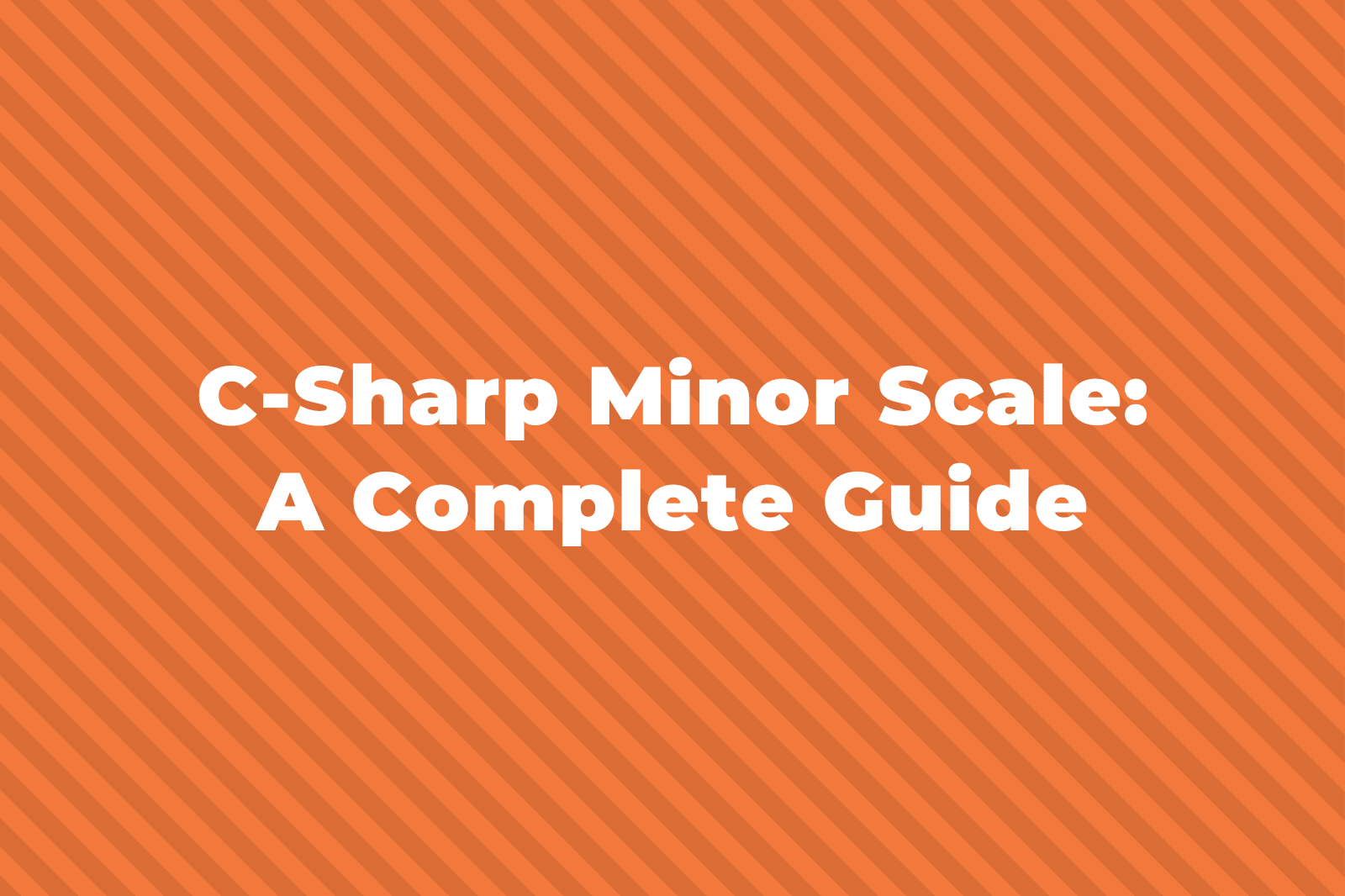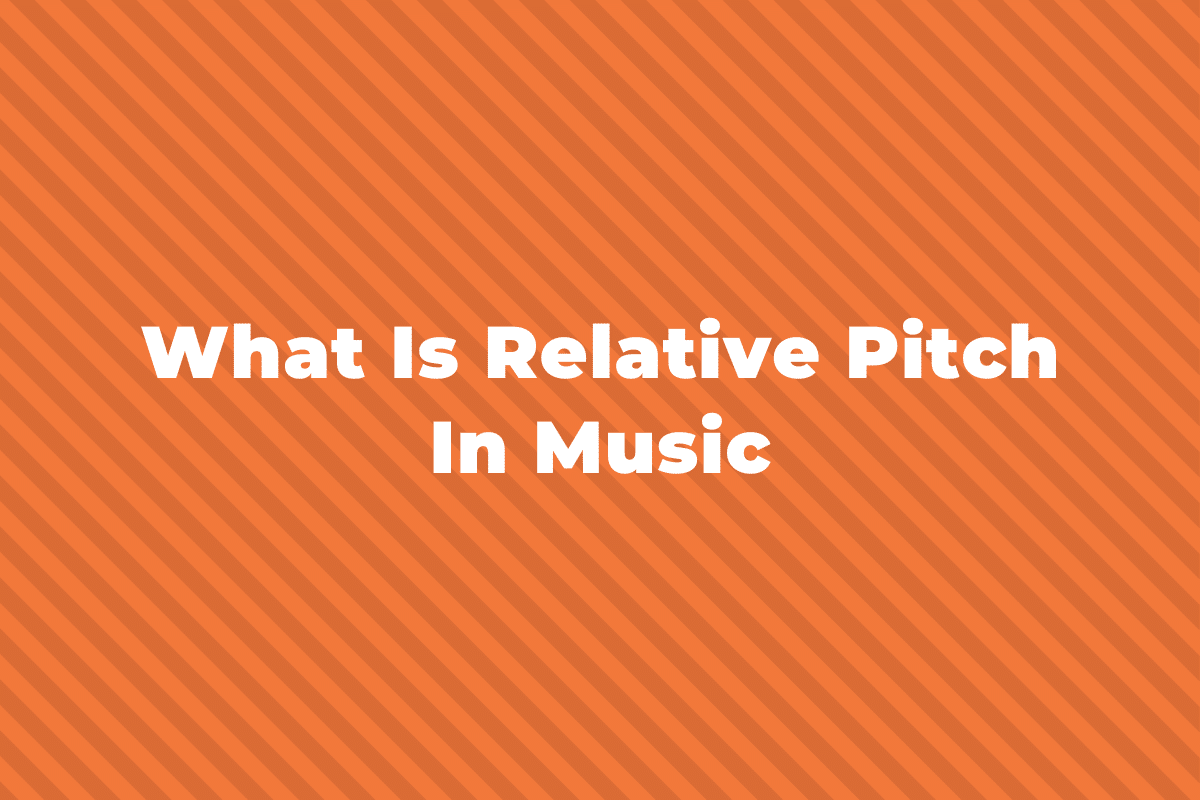One of the most popular types of form in music is the 12-Bar Blues Form. It is unique in the types of form listed in our post on Musical Form because it is the only one that is not found in classical music at all, but was popularized in Jazz and Blues music.
This post will go through everything there is to know about 12-Bar Blues as a form. But first, let’s recap what form is.
What is Form in Music?
Musical Form can be thought of as a general formula or blueprint for how to write or analyze a piece of music.
It is usually found by taking and labeling sections of the music to see what, if any, sections repeat and when.
Sections can be small, like a single measure or even a melody or phrase, or they can be longer, like a full passage or even an entire movement.
If we compare reading music to reading a book, sections can be like a single sentence, a paragraph, a page, or even a chapter.
We label these sections with letters, usually labeling the first section of the piece “A,” then the next one “B”, and so on.
In a pop song, the first verse could be “A,” and then the chorus “B” and the bridge “C,” and the form of a song that goes verse-chorus-bridge would be written as ABC.
What is 12-Bar Blues?
12-Bar Blues is a musical form that was created for Blues music. It is also sometimes referred to as Blues Changes.
Blues is a musical genre that stems from African-American traditional songs and work songs. It is a forerunner to other genres like Jazz, Rock and Roll, and Rhythm & Blues.
The 12-Bar Blues form is called that because it has a chord progression that takes place over 12 bars or measures.
The chord progression uses only the I, IV, and V chords of a key, also called the tonic, subdominant, and dominant, respectively.
The 12 meaures are broken up into three groups of four. The progression and form, therefore, looks like this:
| 12 Bar Blues Chord Sequence – Roman Numerals | |||
|---|---|---|---|
| I | I | I | I |
| IV | IV | I | I |
| V | IV | I | I |
In the key of C Major, the chord progression would be:
| 12 Bar Blues Chord Sequence – C Major | |||
|---|---|---|---|
| C | C | C | C |
| F | F | C | C |
| G | F | C | C |
Two examples of 12-bar blues using that chord sequence are – “Johnny B. Goode” by Chuck Berry and “Crossroads” by Robert Johnson below.
In terms of labeling the sections, this can be done in a few ways. One way is to label the different chords – the tonic would be “A,” the subdominant would be “B,” and the Dominant would be “C.”
This would show the form as ABACBA.
However, this doesn’t take into account the different measures spent on each chord; in this way, the first “A” would be four measures long, and the “C” and the second “B” would each only be one measure long, for example.
Another way is just to take each measure as a section: AAAABBAACBAA. This shows the meaures better but is very long and redundant.
A third way would just be to label each 4-measure section so that the form would look like ABC.
Again, however, this is a bit too non-specific because each letter doesn’t really tell us all that much.
We think the best form labeling system for the 12-Bar Blues is the ABACBA format, but because 12-Bar Blues is so recognizable on its own, it is likely in the table format above that you will see it and write it.
Lyrics
While each 4-measure phrase in the chord progression is different in a 12-Bar Blues piece, if there are lyrics to the song, they will usually follow the AAB form.
This means the first two lines of the lyrics will be the exact same thing, and then the third line is different.
Listen to this example, “Hound Dog” by Elvis.
Here is the chord progression and lyrics from the first verse.
| I | I | I | I |
You ain’t nothing but a hound dog, crying all the time…
| IV | IV | I | I |
You ain’t nothing but a hound dog, crying all the time…
| V | IV | I | I |
Well, you ain’t never caught a rabbit and you ain’t no friend of mine…
Variations on the 12-Bar Blues Form
While the tables above show the “standard” chord progression of a 12-Bar Blues piece, because Blues and Jazz are highly improvisational genres without strict musical rules, there are also variations that people have used over the years that change the progression slightly.
Here are four examples of variations you can do to make your 12-Bar Blues a bit different.
The Quick Four
The “quick four” is when you move to the IV chord (subdominant) on the second measure of the first 4-measure phrase, as seen here:
| 12 Bar Blues – The Quick Four | |||
|---|---|---|---|
| I | IV | I | I |
| IV | IV | I | I |
| V | IV | I | I |
An example of a song that does this is Cream’s cover of the Robert Johnson classic “Crossroads”.
Elongated Dominant
This occurs when the V chord, the dominant, is played for measures 9 and 10 instead of just 9 like it normally would.
| 12 Bar Blues – Elongated Dominant | |||
|---|---|---|---|
| I | IV | I | I |
| IV | IV | I | I |
| V | V | I | I |
A song that uses this progression is “Rock and Roll” by Led Zeppelin.
End Turnaround
A 12-Bar Blues song with an ending turnaround plays a V chord in the final measure rather than a I chord. Because the V is dominant and wants to lead back to the tonic chord, this provides a very strong pull to go back to the start of the progression and repeat it, usually with the next verse.
| 12 Bar Blues – End Turnaround | |||
|---|---|---|---|
| I | IV | I | I |
| IV | IV | I | I |
| V | IV | I | V |
An example of a turnaround is found in the song “Tush” by ZZ Top.
Seventh Chords
Because Blues is very similar to Jazz music, many of the 12-Bar Blues progressions use seventh chords instead of regular triad chords.
This is so common it’s probably easier to find Blues songs that have seventh chords than don’t.
Here is what the progression looks like with all seventh chords.
| 12 Bar Blues – Seventh Chords | |||
|---|---|---|---|
| I7 | I7 | I7 | I7 |
| IV7 | IV7 | I7 | I7 |
| V7 | IV7 | I7 | I7 |
A classic example that uses seventh chords is “Pride and Joy” by Stevie Ray Vaughn.
In Summary
That’s the 12-Bar Blues Form.
It is a very fun form to play around in, and especially for guitar players, it is one of the most common things to learn when you’re first playing an instrument.



